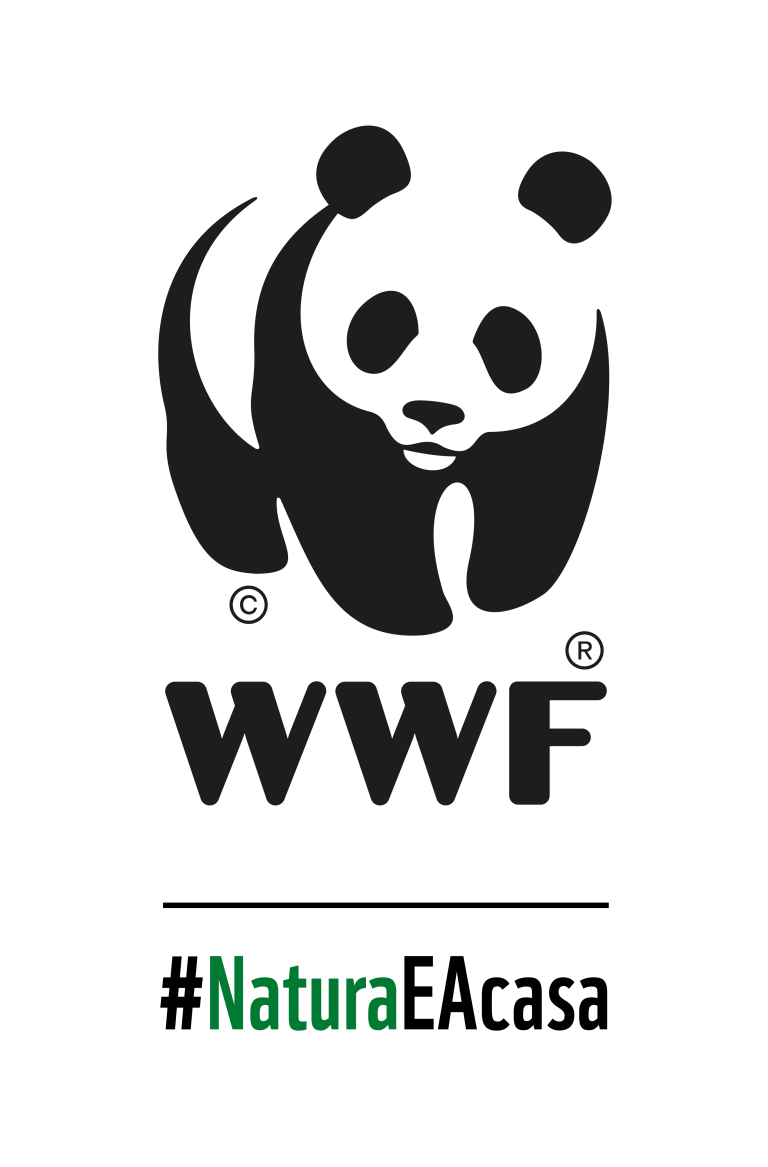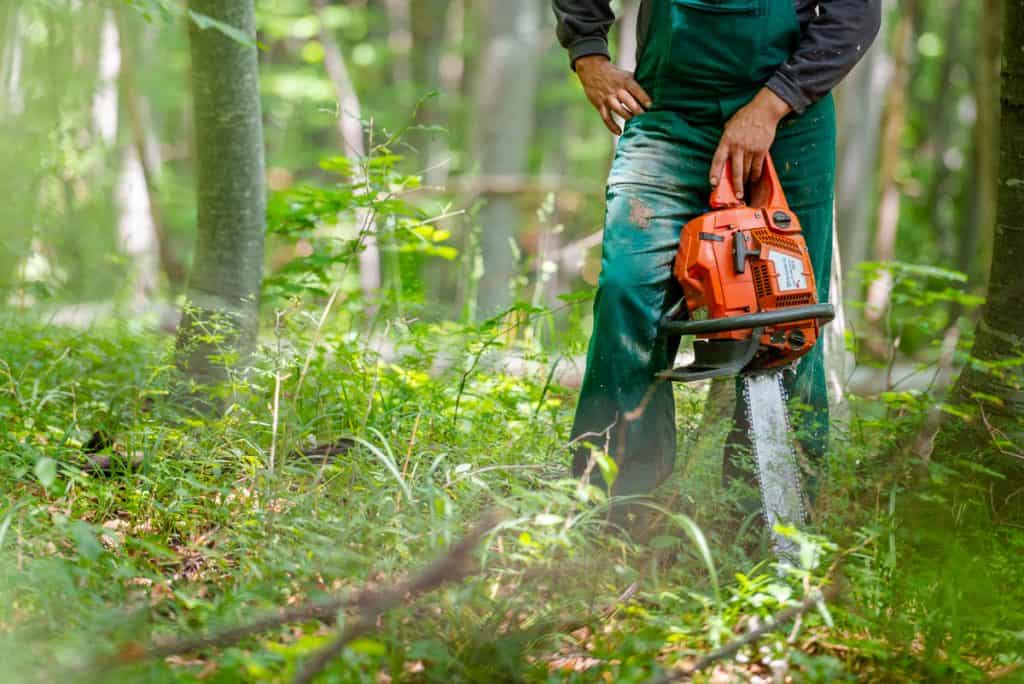The first draft of the project for a new Forestry Code risks leading to „logging liberalization”. A simple math allows us to estimate that, in the next few years, it could be possible to legally, but unsustainably, harvest a timber volume of over 100 million cubic meters. That adds to the approximately 19 million cubic meter volume which is legally harvested each year from the Romanian forests. The law seems to be prepared as a timber injection on the market, which could be available depending on its requests.
The Forestry Code project was supposed to have solid scientific foundations. However, we see a series of provisions that allow a volume increase of the legally harvested timber without a prior assessment of the cumulative impact these measures could have on the forest landscape. In addition, there is no risk assessment that such radical changes could have on forest management and on the need to develop a sustainable forest bioeconomy, essential for the public interest of the society.
“An uncontrolled logging unlock is proposed. All in order to provide more timber to saturate the market, to feed the ever-growing need of the primary wood processing industry and, thus, to be able to generate an artificial decrease of the timber price. Lots of good-quality and cheap resources available on the market – the dream of every ‘strategic investor’. It is a situation that should remind us of the peak period of forest retrocession, which was accompanied by the wave of chaotic logging. More timber will be legally harvested, generating a larger turnover of cheaper wood, with much lower added value. This approach goes against the principles assumed by the National Strategy for Forests 2030 and the long-term economic and environmental national interests."
Radu Vlad, manager of the forestry programs at WWF Romania
Main beneficiaries of the new Forestry Code
During the debates for the development of the new Forestry Code, there were voices from the primary processing industry who openly argued that the architecture of the entire project should be based on the wood demand in the market, evaluated at approximately 30 million cubic meters. Although it fails to transpose a series of assumed reforms, the Forestry Code draft seems to respond to this request and allows covering this request.
But what shall we do if the resource crisis deepens in Europe, considering the restriction of timber imports from Russia or Belarus, and other strategic investors appear, ready to process millions of cubic meters from Romania's forests? Shall we recreate the Forestry Code every time according to the timber market demand?
It is not wise to adapt natural resources to the ever-changing market needs, but the market must adapt to a level of sustainable harvests, to maximize the socio-economic and environmental benefits for the entire society. Romania cannot afford to support business models in the wood industry based on massive timber exploitation and primary processing. We can obtain more if the harvested wood is superiorly processed locally. This would create jobs, reduce pressure on forests and contribute to the sustainable development of local communities.
The forest cannot grow as much as the primary wood processing industry can use. Therefore, the major concern of Romanian forestry should not be to satisfy the ever-growing timber demand. The solution is to harvest as much as we can sustainably. What we then do with this wood is critical. Access to the resource from publicly owned forests should be prioritized to meet the local needs of the population, as well as to promote superior wood processing through vertical value chains. These bring the largest contribution to socio-economic development, compared to the amount of wood used.
Technical aspects that worry us
Here are some of the technical proposals that could contribute to the unsustainable increase in the amount of legally harvested timber, accompanied by the amendments proposed by WWF Romania.
- The forested pastures, which should have already been included into the national forestry fund in order to be managed according to the forestry regime, can be legally deforested from now on. Thus, Romania risks losing part of its forested area. We estimate that approximately 200,000 ha of wooded pastures will be additionally affected.
- WWF proposals: Create clear mechanisms to stimulate the owners in order to maintain/improve the environmental services offered by these areas. Taking management/conservation measures for these areas based on good practice guidelines, depending on the environmental services of interest (with the approval of the central public authority responsible for forestry, in collaboration with the Ministry of Agriculture).
- The principle of timber harvests’ continuity is undermined – a basic principle that defines a responsible forest management – by relativizing the annual possibility. Thus, it will be possible to legally harvest in advance from the quota of the following years. The forests from the national forest fund are targeted, for which forestry plans are drawn up to regulate the timber production process at the household unit level.
- WWF proposals: Harvesting the annual possibility in advance must be strictly limited to certain areas where there are problems with natural regeneration because of the high periodicity of fruiting and must be conditioned by the authorities’ approval, to confirm the optimal conditions of regeneration.
- For areas smaller than 100 ha, within the national forestry fund, the owner can choose the targeted assortments for the forests with a production role and, implicitly, the harvesting age. The production process for these areas is regulated by structural management decisions at the arboretum level. The administrative division of the property, in order to artificially benefit from these provisions, is not prevented. The cumulative effect of the regeneration treatments’ application, at the forest landscape level, is not evaluated. We estimate that 200,000 ha of forests from the national forestry fund will be affected in this way.
- WWF's proposals: In the case of properties smaller than 100 ha, the change of production types should only be possible conditionally, with reference to a new set of technical rules (eg: possible irregular forest), by which to track a series of rigorous outcome indicators in order to prevent the cumulative effect of regeneration cuts at landscape level. It must also be clearly stated that this possibility does not apply to properties resulted from cutting to pieces the areas larger than 100 ha at the reference year 2022 – a necessary measure to prevent the administrative division of properties of over 100 ha.
We draw attention that, without a clear legal framework, the collective effect of these measures risk turning us back to the 2001-2014 period, when the largest abuse on forests took place.
The draft of the new Forestry Code refuses, therefore, the administrative reforms that are essential for the Romanian forestry, questioning the fundamental principles of sustainable forest management. It does not start a real reform to support efficiency in forest management, the only one that can sustainably lead to an increase in competitiveness in terms of responsibly harvested wood products in Romania. We are stuck with the same ineffective system to fight illegal logging, focused on tree marking and on capitalizing the standing wood.
WWF Romania requests the authorities and all parties involved in the development of the new Forestry Code to respect the Strategic Action Directions that have already been decided and clearly defined by the National Strategy for Forests.

